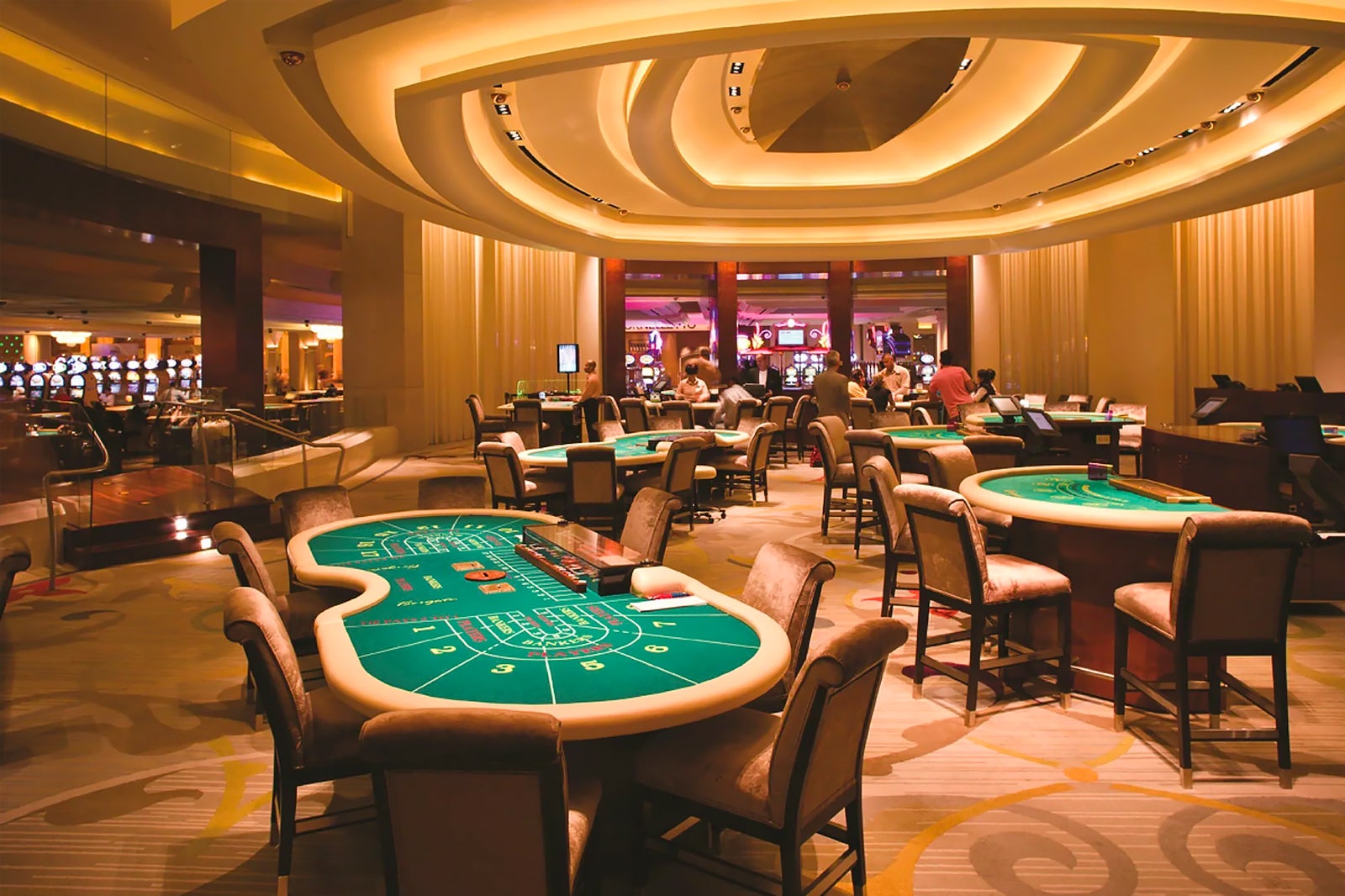
Gambling games have long captivated people’s attention, drawing gamblers into a universe filled with chance, strategy, and the allure of adventure. Each game is carefully crafted not just for entertainment, but also to elicit targeted emotional responses that keep participants engaged and committed. Understanding the reasons behind these designs reveals much about how psychology plays a crucial role in the gaming experience.
From the dazzling lights and lively sounds to the intricate layering of guidelines and incentives, casino games are designed to create an atmosphere of anticipation and eagerness. Game designers leverage behavioral strategies to influence participant behavior, whether through the use of big prizes, almost wins, or social interactivity. By examining these aspects, we can better appreciate how casino games fulfill not just a want for entertainment, but deeper psychological needs for thrill and hazard. non GamStop casinos
Understanding Gamer Behavior
Casino games are engineered with a profound understanding of gamer psychology, which is vital for attracting and keeping players. The rush of the game, alongside the expectation of winning, creates a strong attraction. Game designers employ elements like audio cues, colorful graphics, and immersive gameplay to engage attention and evoke emotional responses. These sensory experiences enhance the total environment, making players feel more invested in the game.
Another notable aspect of player behavior is the idea of risk versus reward. Casino games often weigh risky situations with the potential for considerable rewards, which can cause the event known as near-miss phenomenon. When players come near to winning, the brain releases dopamine, strengthening their behavior and prompting them to keep playing in pursuit of that hard-to-reach win. This cycle of hope and disappointment plays a key role in how games are constructed and marketed.
Lastly, community aspects also play a central role in player behavior at casinos. Many games are designed to be played in teams or alongside other players, fostering a sense of community and collective experience. The interaction inherent in games like poker enhances enjoyment and can lead to longer play sessions. Designers leverage on this by creating environments that encourage players to remain, socialize, and revisit, making the overall casino experience more attractive.
The Role of Visuals and Sound
Visuals and sound play a vital role in improving the gambler’s experience within casino games. Designers utilize vibrant colors, striking graphics, and engaging animations to capture players’ attention and maintain their interest. The use of themes, such as adventure or luxury, helps create an immersive atmosphere that transports players into another world. By appealing to the senses, these elements add to a intensified emotional response, prompting players to interact more profoundly with the games.
Audio design is equally important in reinforcing the overall experience of casino games. The combination of background music, audio effects for winning combinations, and environmental noises creates an sound landscape that keeps players fascinated. Sounds associated with victories, such as ringing bells or festive music, evoke feelings of excitement and satisfaction, encouraging players to continue playing. These sound cues are strategically placed to amplify the excitement of the game and create a more engaging experience.
Additionally, the alignment of imagery and sound is important for reinforcing the game’s overall concept and mood. Each element should coordinate harmoniously to create a unified experience that draws players in. The effective use of this synergy not only enhances user enjoyment but also increases the chances of repeat play, as players become more engaged in the immersive world that the casino games offer. This thoughtful combination of imagery and sound ultimately enhances player engagement and loyalty.
Reward Systems and Engagement
The design of gambling experiences heavily relies on incentive structures to keep players involved and returning for additional experiences. These systems are based in psychological theories that take advantage of human behavior and motivation. Participants are often motivated by the excitement of success, which is supported by immediate feedback through the game structure’s mechanics. This instant gratification not only enhances the overall experience but also fosters a feeling of achievement, encouraging participants to keep playing in hopes of greater rewards.
Casinos utilize various reward structures, such as large payouts, bonuses, and multipliers, to engage participants. These elements create a level of excitement that maintains interest. Additionally, the randomness of outcomes plays a crucial role in sustaining attention. The intermittent reinforcement schedule, where wins are random but happen often enough, keeps players on edge and driven to continue participating. This loop of hope and expectation is foundational to the success of casino games.
Moreover, social elements, such as tournaments and multiplayer features, enhance the participation factor by leveraging the competitive nature of participants. The shared experience of playing with others can amplify the thrill of winning and create a sense of community within the casino. By integrating these community elements with effective incentive structures, gambling experiences don’t just offer fun but also nurture a deeper bond among players, reinforcing their commitment to the gaming experience.
